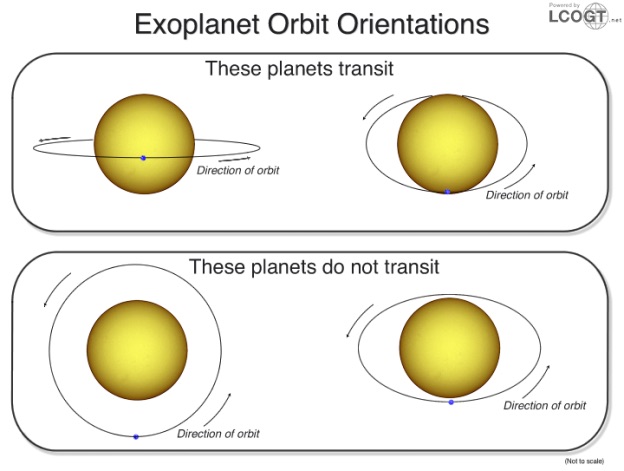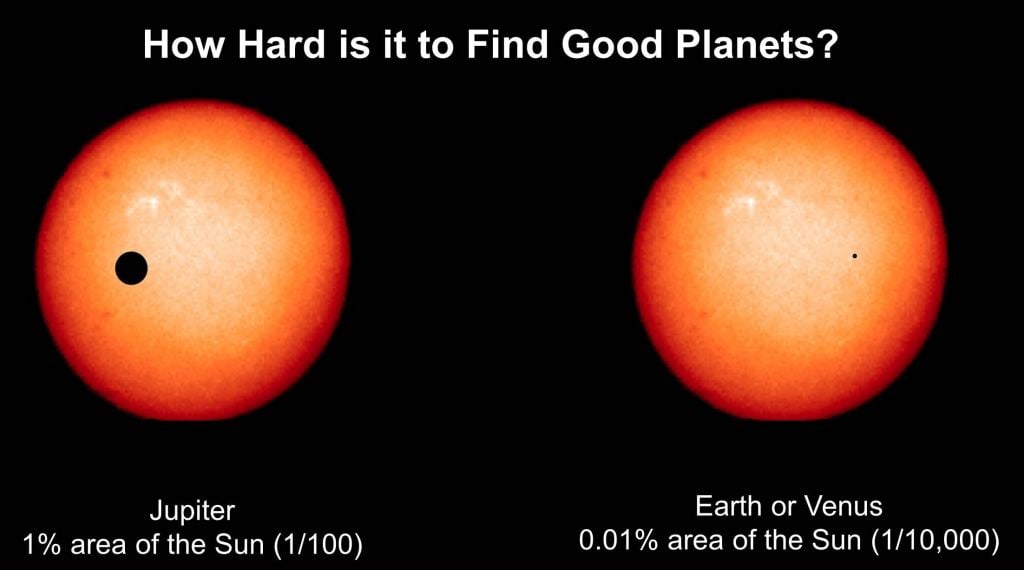We have discovered more than 4,000 planets orbiting distant stars. They are a diverse group, from hot Jupiters that orbit red dwarf stars in a few days to rocky Earth-like worlds that orbit Sun-like stars. With spacecraft such as Gaia and TESS, that number will rise quickly, perhaps someday leading to the discovery of a world where intelligent life might thrive. But if we can discover alien worlds, life on other planets could find us. Not every nearby star would have a good view of our world, but some of them would. New work in the *Monthly Notices of the Royal Astronomical Society* tries to determine which ones.
Most of the exoplanets we've discovered have been found by the transit method. This is where the planet passes between its star and our view from Earth, blocking some of the starlight. As the planet passes by, the star dims slightly. From this periodic dimming, we know the planet exists. There are other ways to find exoplanets, such as the Doppler method, but the transit method is the easiest.
Unfortunately, the transit method only works if the orbit of the planet is oriented just so. If it is tilted slightly relative to us so that the planet passes above or below the star from our vantage point, then we will never know it's there. Another challenge is that Earth is a small world compared to the Sun. Seen from a distant star, Jupiter would only block about 1% of the Sun's light when it transits. But that would be 100 times more than the amount blocked by Earth. At our level of technology, only relatively close stars would be able to see the small dip in brightness caused by Earth.
In this study, the team looked at known stars within 100 parsecs (326 light-years) of the Sun. There are about a thousand main-sequence stars within that range that are positioned so that they could observe a transit of Earth. For 508 of them a transit of Earth would last at least 10 hours. If they measured the Sun's brightness over time, they would see a small dip in brightness every 365 days. Thus they would know that the Sun has a rocky planet orbiting in the potentially habitable zone.
Most of the stars in this group are red dwarfs, but 29 are G-type stars like the Sun. We don't know of any exoplanets orbiting these stars, but it's fun to imagine an alien civilization looking for us while we look for them.
Reference: L. Kaltenegger and J. Pepper. " Which Stars can see Earth as a Transiting Exoplanet? " *Monthly Notices of the Royal Astronomical Society* 499.1 (2020): L111–L115
 Universe Today
Universe Today


